A supermoon may sound exciting, but it is a humble coincidence.
As the moon orbits the earth, its distance from us varies between 357,000 and 407,000 kilometers. When the moon and sun are in nearly opposite directions to the earth, it is a full moon. A “supermoon” is a full moon whose position in its orbit is within 10% of its closest approach to the earth. That’s all.
This means that a supermoon has an apparent diameter that is 14% larger than that of the smallest possible full moon. That’s not much. You can’t really tell the difference with the naked eye.
As an astronomer, I have a problem with supermoons. There are true wonders to be seen in the night sky, so don’t be disappointed by a boring, overrated supermoon.
When is the best time to observe the moon?
Articles touting supermoons are easy. ChatGPT can do that. Say it’s the first supermoon in when, add a few superlatives, and throw in a telephoto photo of a full moon with a landmark. Maybe the supermoon coincides with another otherwise normal full moon, so it can be a “blue supermoon” or a “worm supermoon” or whatever.
It is still a full moon.
If you want to look at the moon and it happens to be a supermoon, go for it. But there are better opportunities to admire our only natural satellite, especially with binoculars or a telescope.
The best time to observe the Moon is when its shadows are longest as seen from Earth. These long shadows help to set the craters and mountains apart from the surrounding plains, allowing you to admire the dramatic scenery of our neighboring world.
The shadows are longest when the moon appears as a crescent in the night sky. During a full moon or supermoon, the shadows are shortest – not nearly as impressive.
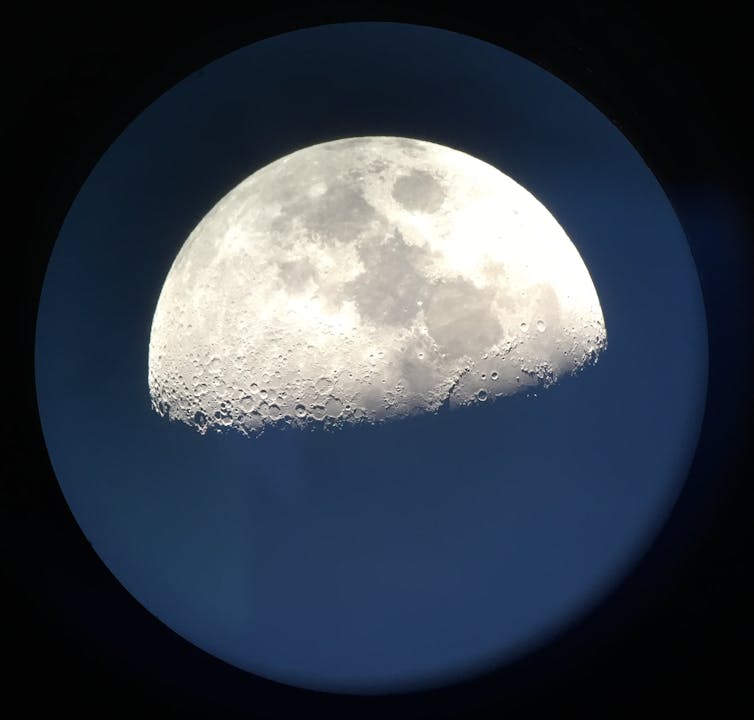
Michael Brown
Supermoons are a distraction
Have you seen the craters of the Moon, the rings of Saturn, the clouds of Jupiter or the Orion Nebula through a telescope? They are truly impressive. Even the most dedicated astronomers keep coming back to look at them.
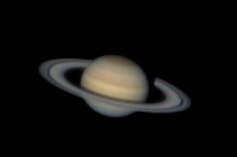
Steve Hill/Flickr, CC BY
In fact, astronomers prefer to avoid supermoon nights to catch up on lost sleep. Full moons flood the night sky with light, making it difficult to observe more subtle and interesting sights.
You want to see the vastness of the Milky Way with the naked eye? You want to see a meteor shower, a comet or the aurora borealis? Preferably without a damn supermoon.
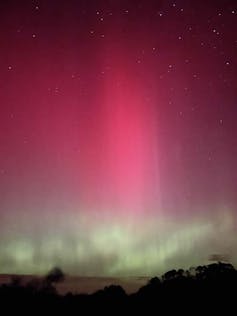
Michael Brown
It can be fun to see something really rare or unusual in the sky. But supermoons don’t meet those requirements either. By the definition I mentioned earlier, there are usually three or four supermoons per year. More restrictive definitions give us one or two supermoons per year. Not only is that not rare, it still looks like a full moon.
There are rarer celestial events that can be truly inspiring. Millions of people around the world saw bright auroras in May 2024, even in places where truly spectacular auroras are rare.
Comets can be wonderful too. About every decade, a comet swings into the inner solar system, creating a bright tail millions of miles long and visible from Earth. When I was a student, I saw the bright blue tail of Comet Hyakutake stretching across a huge area of the sky. Sometimes comets fizzle out, but when they’re great, they’re amazing.
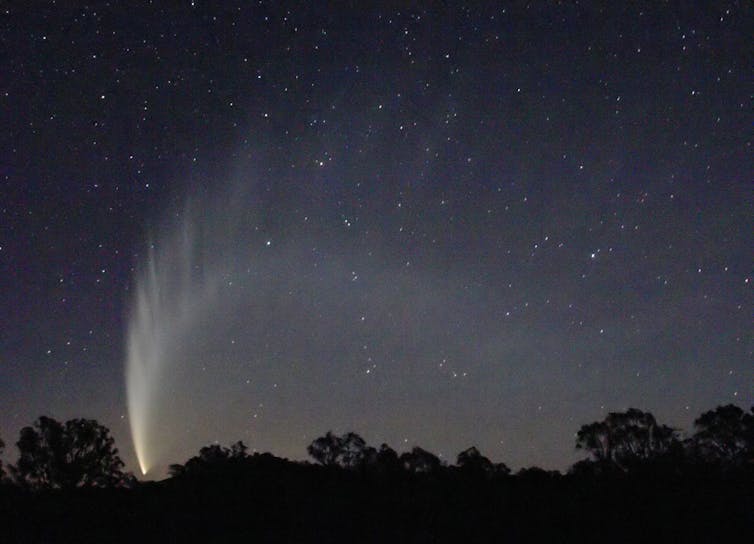
Andrew Wallace/Flickr, CC BY-NC-ND
Read more: I heard that the Northern Lights are coming. How can I check?
Want something impressive? Try a solar eclipse
Auroras and comets can be fickle, but eclipses are predictable and provide a reliable spectacle.
Take total solar eclipses, for example, when the moon covers the sun and day briefly turns to night. Thousands travel all over the world to see them. I will be travelling to New South Wales for the 2028 eclipse.
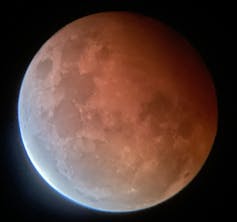
Michael Brown
A lunar eclipse, where the moon falls into the Earth’s shadow, can be a more accessible experience because you can view the eclipse from home every few years.
During the most beautiful lunar eclipses, the moon turns dark red because the only light that reaches it comes through the Earth’s atmosphere.
As an astronomer, I encourage people to look at the heavenly bodies. Go out and look at the moon when it’s really impressive – during an eclipse or through a telescope. Or enjoy the planets, auroras, comets and meteor showers when the moon isn’t there. But please don’t waste your time on supermoons.

